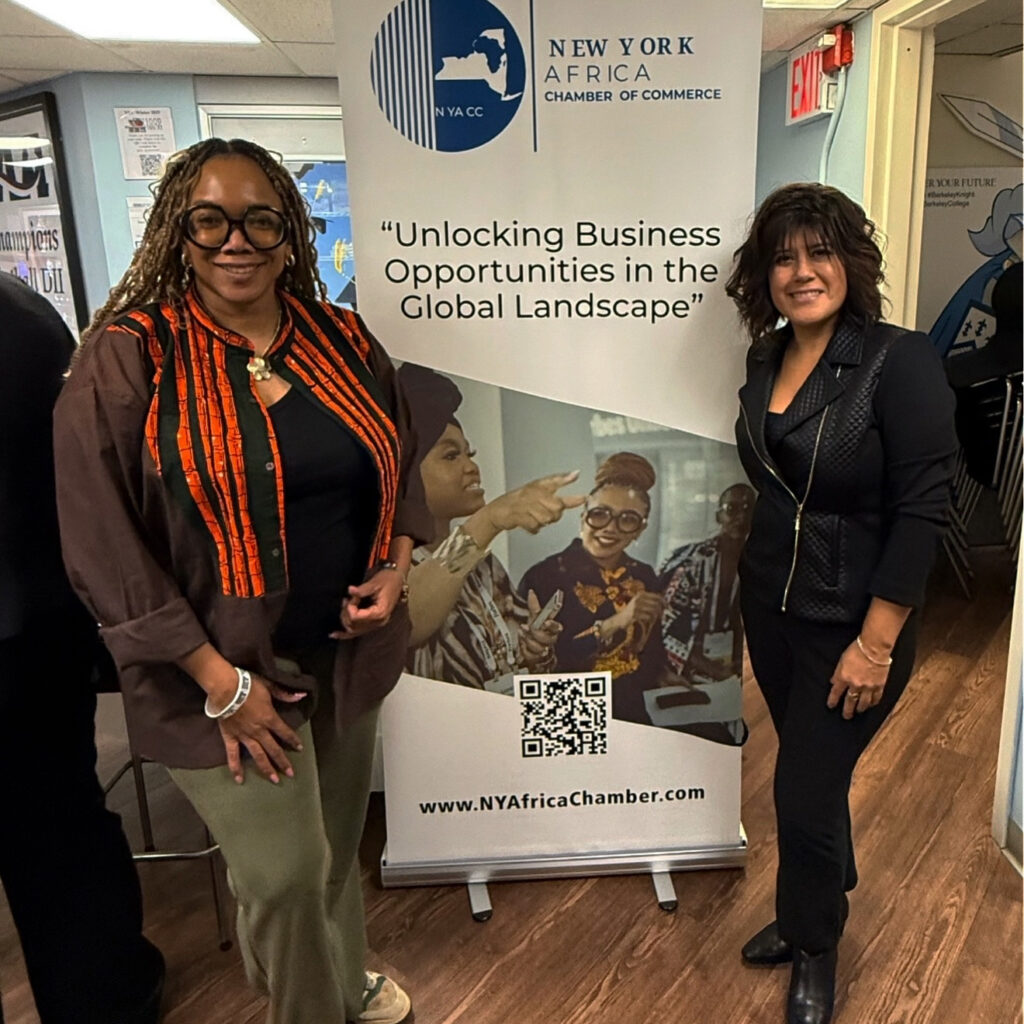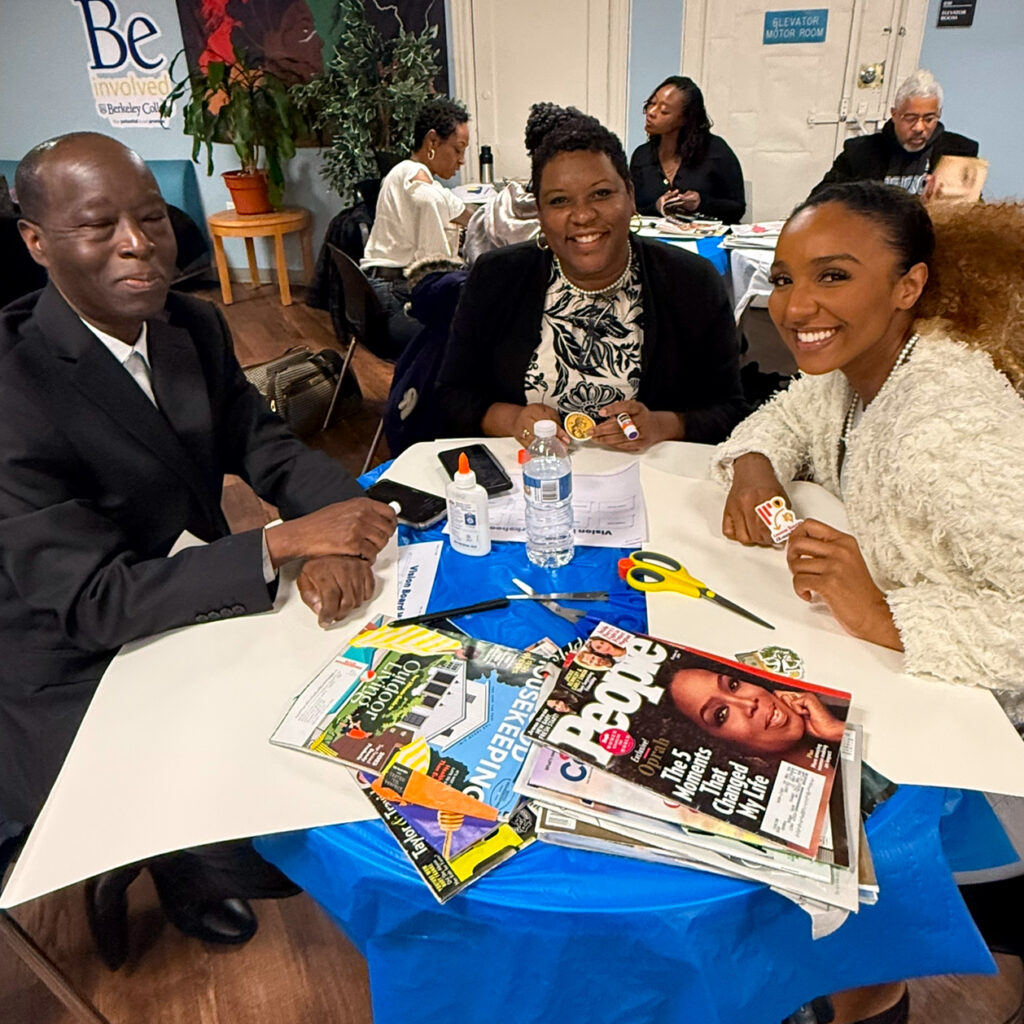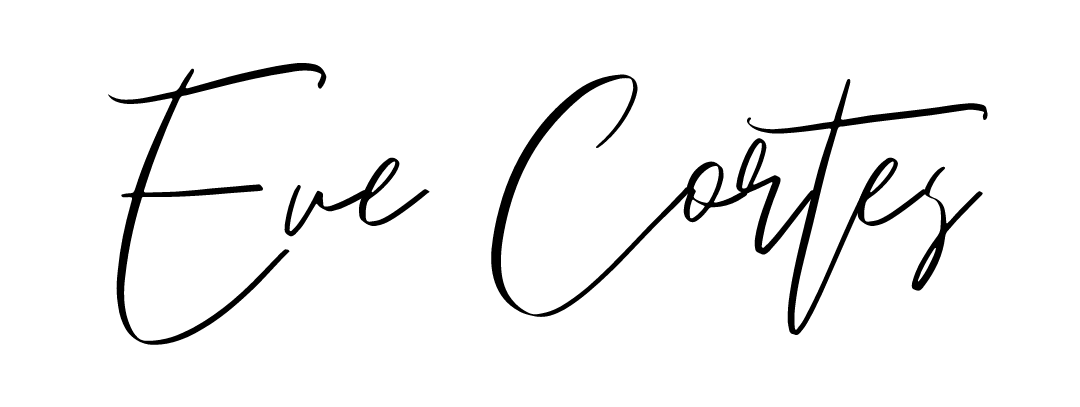Let me ask you something: What does the life you truly want look like?
Not just your next career move or the goals you want to hit this quarter. I’m asking about something deeper:
- Are you living a life that feels whole?
- Are you leading in a way that honors all parts of who you are—your relationships, your health, your finances, your purpose, and your soul?
For so many of the women I coach—managers, leaders, and entrepreneurs—this question stops them in their tracks. They’re busy leading teams, building businesses, managing families, and hitting targets. But when we really dig deep, they admit they’ve rarely paused to ask:
Am I building a life that aligns with what really matters to me?
It’s so easy to get caught up in the doing—the never-ending cycle of meeting expectations, delivering results, and keeping everything moving. But in that rush, we forget to ask ourselves:
- Does this life feel like mine?
- Does it reflect my true priorities and values?
Last week, I talked about confidence. But confidence without clarity can feel like you’re running a race without knowing where the finish line is.
Confidence is the vehicle. Vision is the map. Without a vision, even the greatest accomplishments can feel empty.
That’s why this week, I want to go deeper. Let’s talk about creating a vision that’s bigger than just your work. A vision that reflects every part of your life and allows you to lead with clarity, balance, and purpose.
What Is a Vision for a Person?
A personal vision is a clear and inspiring picture of what you want your life to look and feel like. It’s not just about achieving specific goals—it’s about creating a life that reflects your deepest values, priorities, and desires.
Vision goes beyond the surface. It’s not just about “getting the promotion,” “scaling your business,” or “having it all.” It’s about connecting with what truly matters to you in every dimension of your life—your relationships, health, finances, career, spirituality, and joy.
Dr. Clayton Christensen, in his groundbreaking Harvard Business Review article “How Will You Measure Your Life?”, explains that without a clear vision, we risk chasing success in ways that don’t actually fulfill us. Vision provides a framework to ensure the life you’re building feels meaningful and aligned—not just busy.
Vision isn’t a one-time exercise or a five-year plan. It’s an ongoing practice of aligning your daily life with your core values and long-term purpose.
What Opened My Eyes About Vision This Weekend

This past Saturday, I attended a vision board workshop representing the New York Africa Chamber of Commerce (NYACC) and supporting the phenomenal Busie Matsiko-Andan, Global Strategist, Board Trustee at Berkeley College, and President of NYACC.
The event wasn’t just inspiring—it was grounding. Women and men from all walks of life came together to imagine their futures. The room was filled with energy: magazines, scissors, glue sticks, blank boards, and people sharing dreams as they pieced their visions together.
But this wasn’t about cutting out pretty pictures or setting vague goals. It was about asking real questions:
- What do I want my life to feel like?
- Am I giving myself permission to imagine a life that’s bigger than the grind?
As I watched the attendees create their vision boards, it reinforced something I always teach: Vision isn’t about compartmentalizing your life into categories like “work” and “personal.” It’s about creating alignment between all parts of who you are.

When your health is neglected, your leadership suffers. When your relationships are struggling, it’s hard to show up fully at work. And when you lose sight of your purpose, even your biggest achievements can feel hollow.
This workshop reminded me of something I share with my clients all the time: You can’t lead a team, a business, or even a family if you’re not leading yourself with clarity.
Why Vision Has to Go Beyond Your Career
We live in a culture that measures success by what we achieve. Promotions, revenue, titles, or the next big goal—it’s easy to define our worth by these external metrics.
But what happens when you reach those milestones, and they still don’t feel like enough? What happens when your relationships, health, or joy are sacrificed in the process?
At the workshop, I saw women and men placing images on their boards that reflected something deeper than professional goals. There were pictures of family dinners, words like “peace” and “balance,” images of travel, self-care, and connection.
It was a powerful reminder that true success isn’t just about what you do. It’s about how you feel and how you live.
“Success is liking yourself, liking what you do, and liking how you do it.”
– Maya Angelou
What Happens When You Have a Vision
When you create a vision that reflects every part of your life—not just your work—it changes everything:
- You gain clarity. Vision gives you a clear sense of direction, so you’re not just busy—you’re intentional.
- You prioritize what matters most. It helps you say “yes” to the right opportunities and “no” to what doesn’t serve you.
- You lead with purpose. When you’re aligned with your vision, your leadership inspires others to do the same.
Understanding your “why” is a core part of creating a vision. Simon Sinek said it best: “People don’t buy what you do; they buy why you do it.” When you’re clear on your purpose, your vision becomes the lens through which every decision is made.
Having a vision doesn’t mean you’ll have it all figured out overnight. But it gives you the framework to make decisions that align with the life you truly want.
This Is Your Beginning
This is where it starts—not with a perfect plan, but with the intentional choice to create clarity.
A personal vision is a roadmap. It’s your guide to creating a life that reflects what truly matters to you—not just your goals, but the feelings and purpose behind them.
Here’s your roadmap to create your vision:
- Write Your Vision Statement. Picture your ideal life. Write a clear statement that describes what it looks and feels like. For example:
I live a life of balance and purpose where I prioritize meaningful work, joyful relationships, physical health, and personal growth. - Define Your Core Values. Identify 3-5 values that are non-negotiable for you. These could be family, freedom, health, creativity, or impact.
- Clarify What Needs to Shift. What feels misaligned right now? Where are you saying “yes” to things that pull you away from your vision?
- Create a Daily Practice. Align your habits with your vision. For example, if your vision includes better health, commit to small changes like a daily walk or meal planning.
- Revisit and Adjust. Your vision will grow as you do. Commit to revisiting it regularly to ensure it still feels aligned and inspiring.
Your vision isn’t a one-time exercise. It’s a living, breathing part of who you are.
If this resonates with you—if you’re ready to create a vision that feels alive in every part of your life—I’d love to support, you.
Schedule your Clarity Session today
and let’s create something extraordinary together
Your beginning starts now. Your vision is waiting. Let’s bring it to life.
OXO,
Eve
HR Consultant | Leadership Coach | Helping Businesswomen enhance leadership skills to lead with Clarity, Confidence and Balance so they can create a thriving career and fulfilling life
Eve
HR Consultant | Leadership Coach | Helping Businesswomen enhance leadership skills to lead with Clarity, Confidence and Balance so they can create a thriving career and fulfilling life






